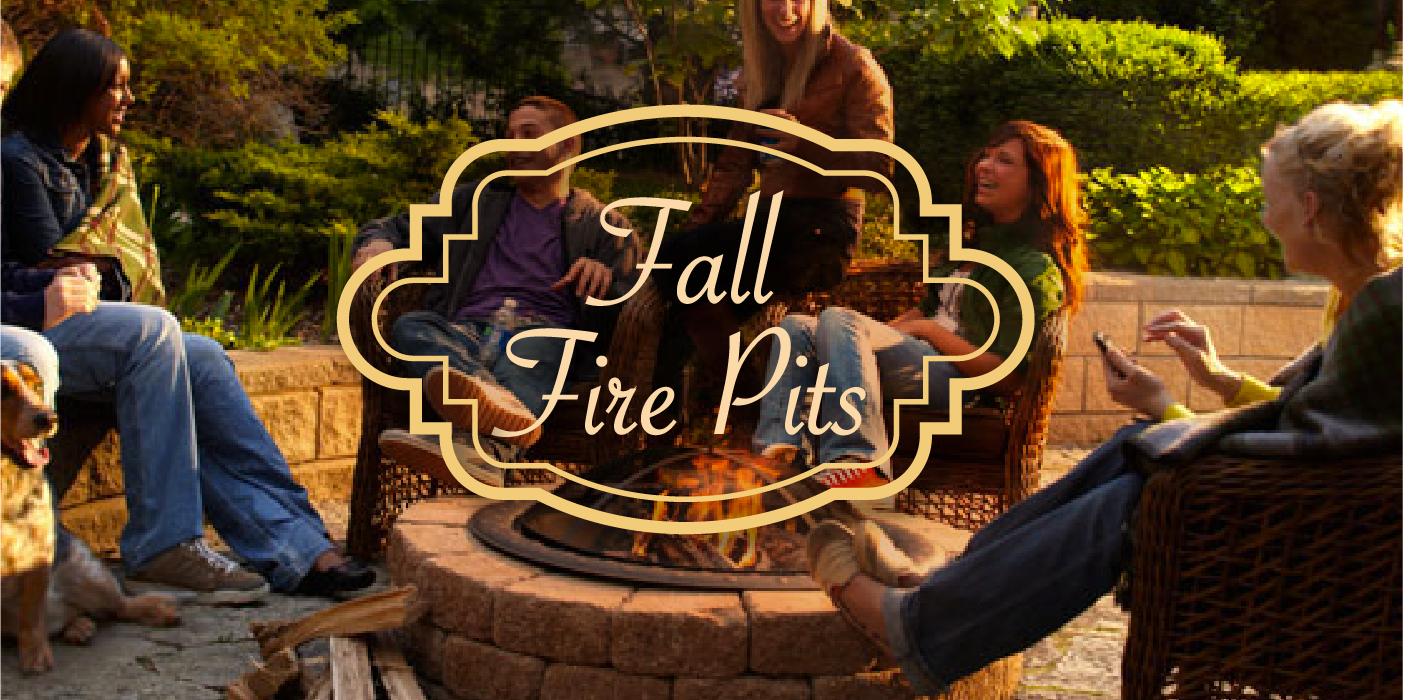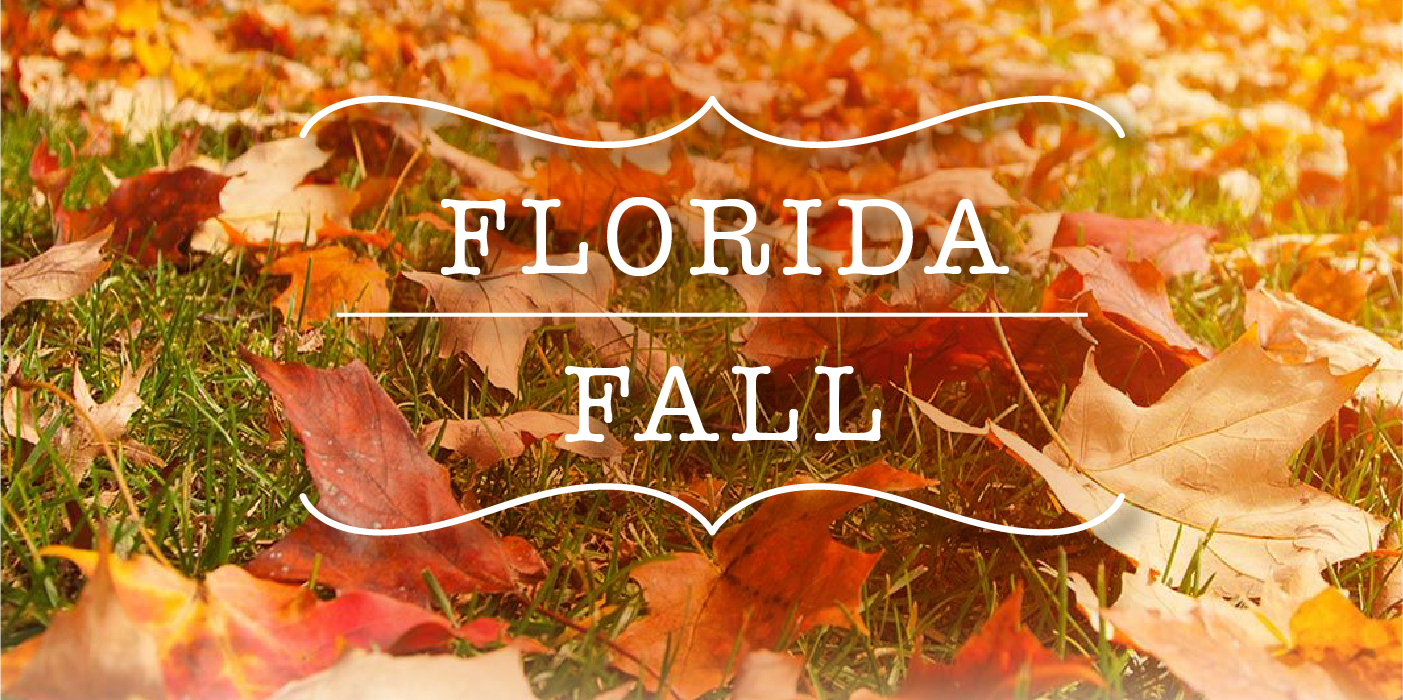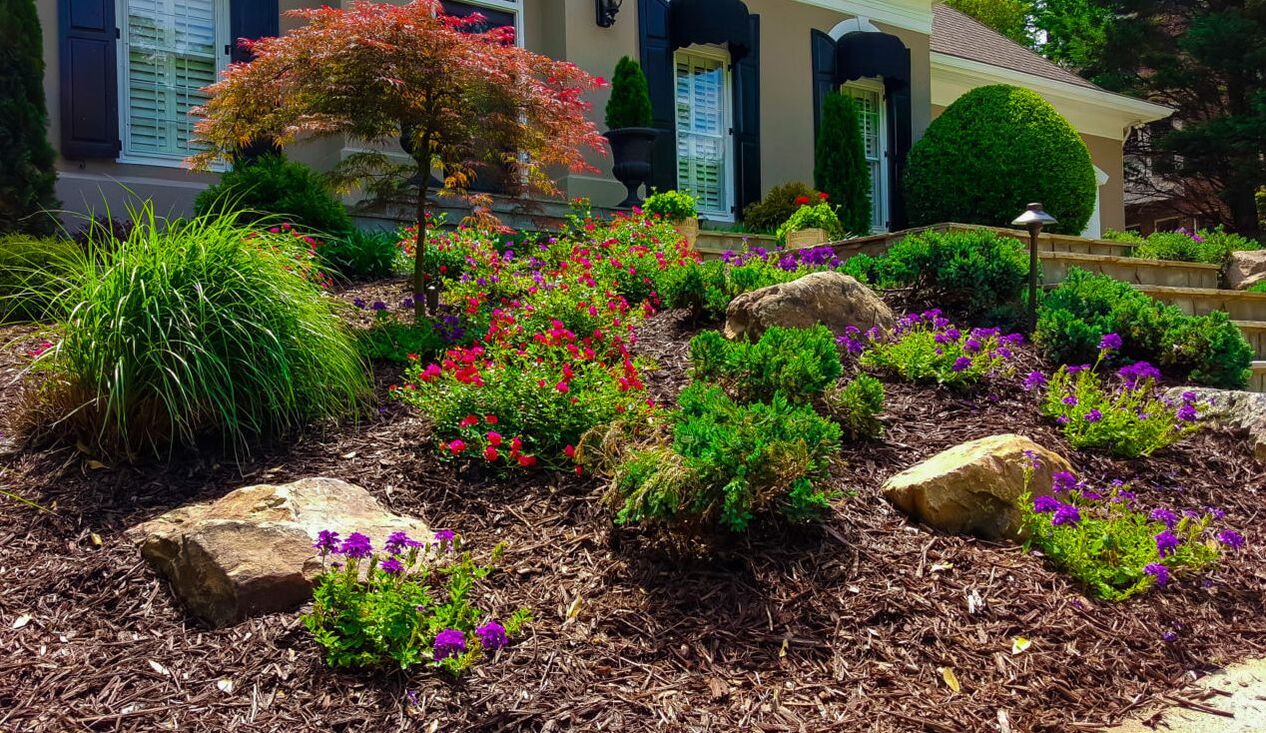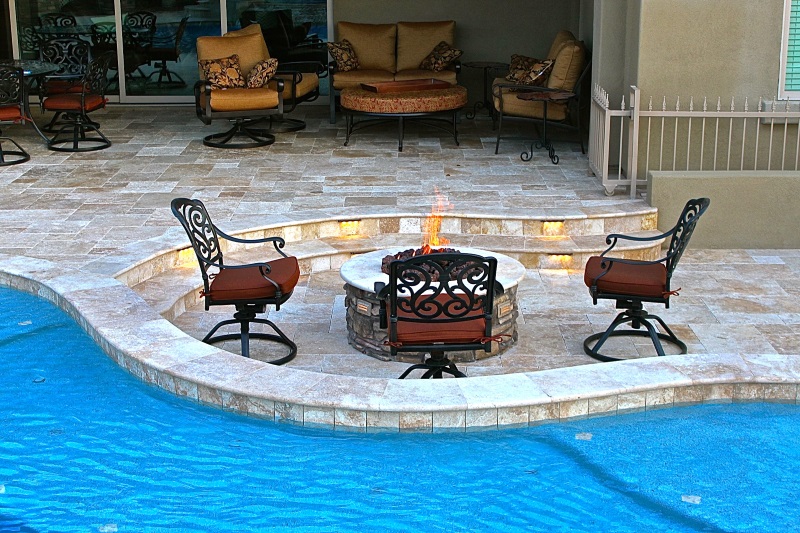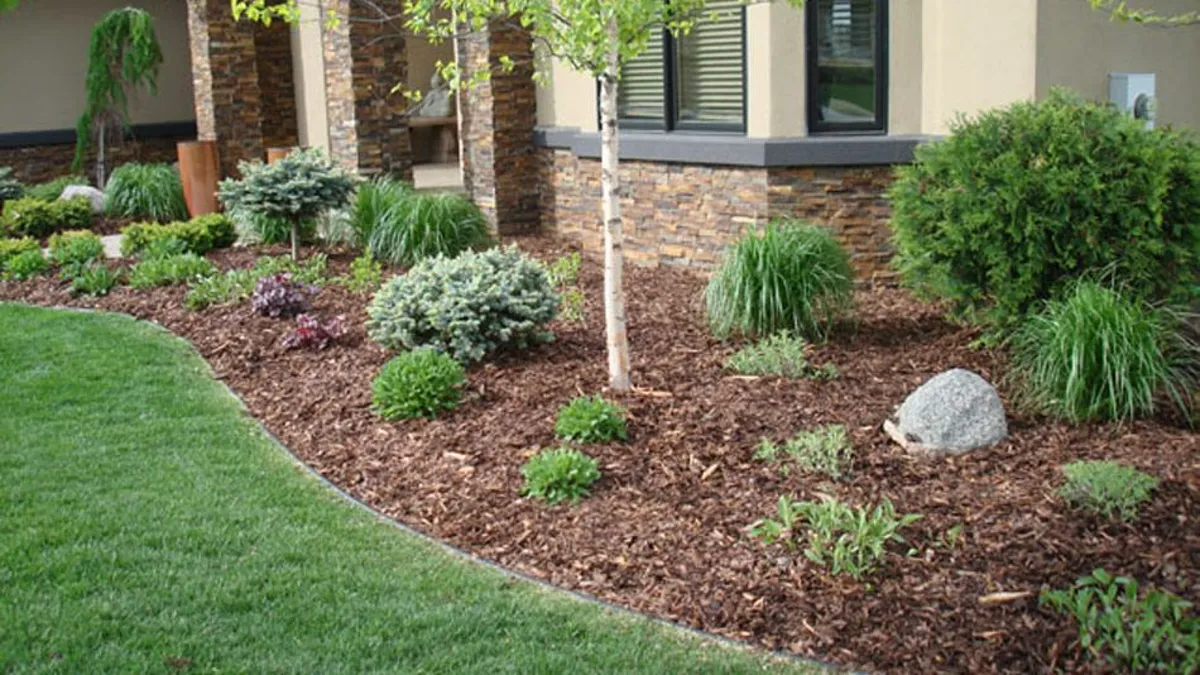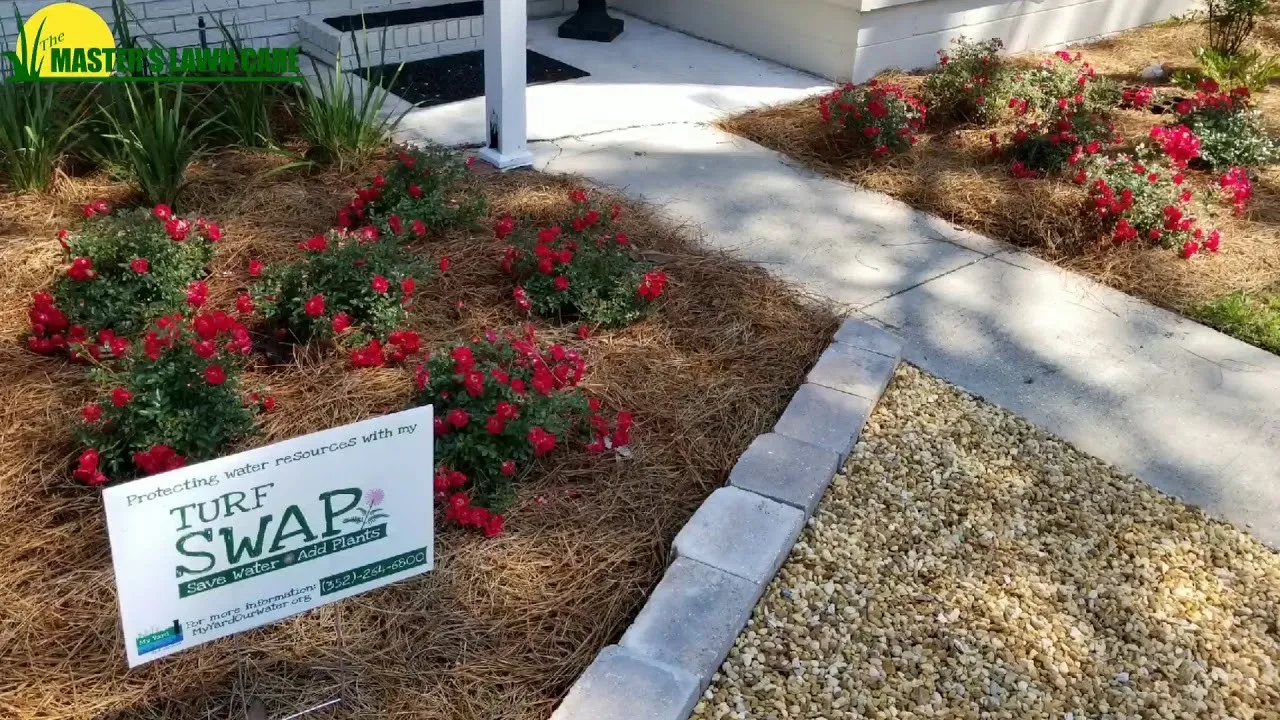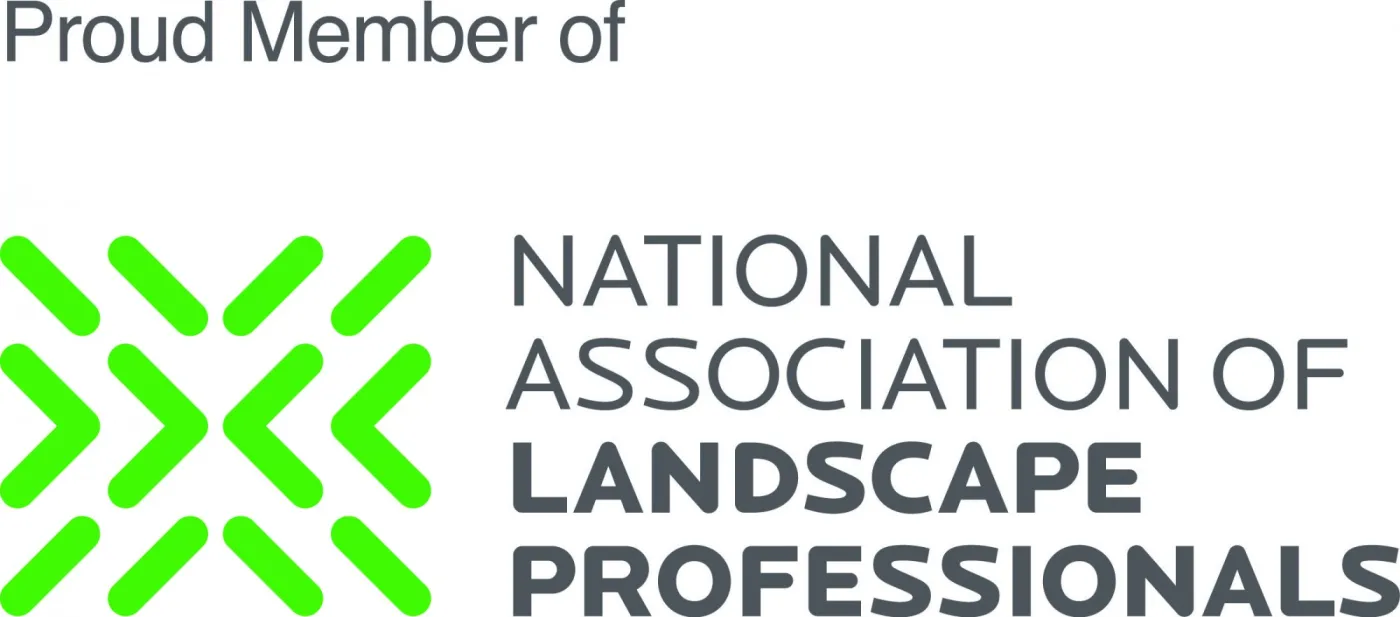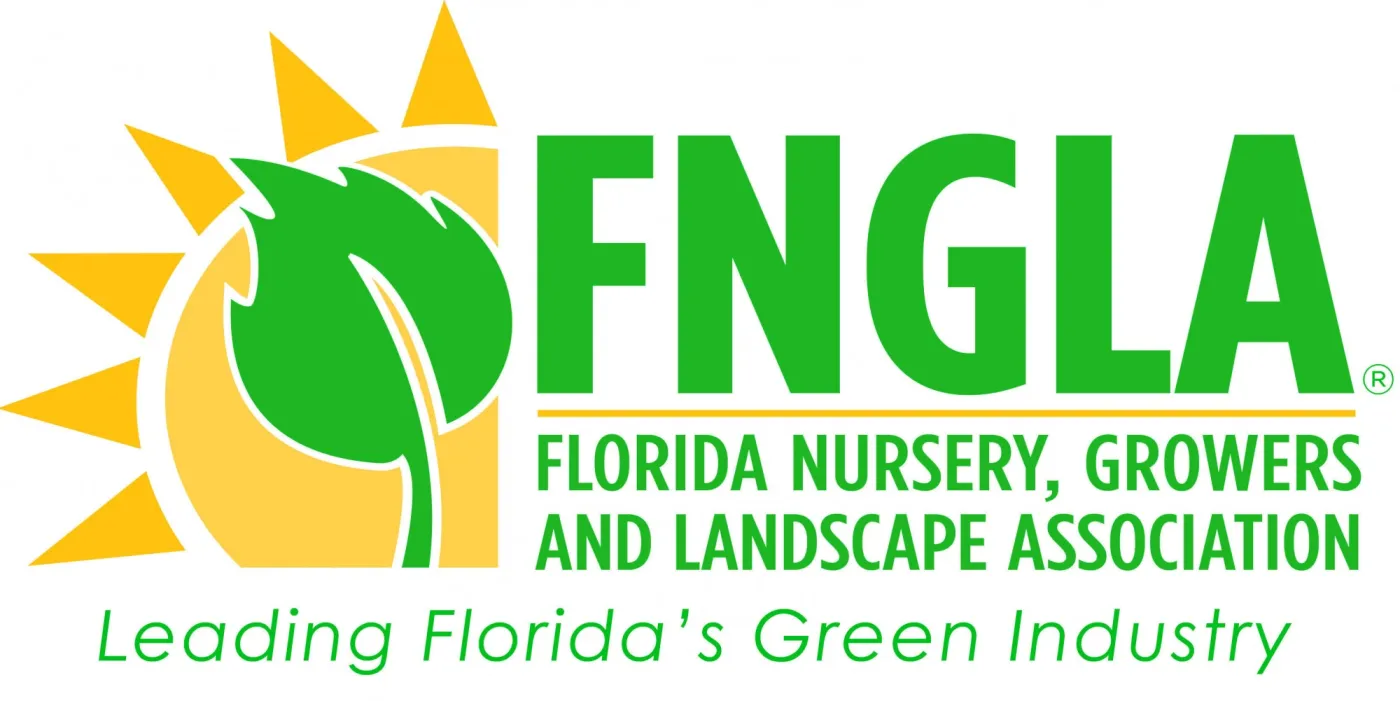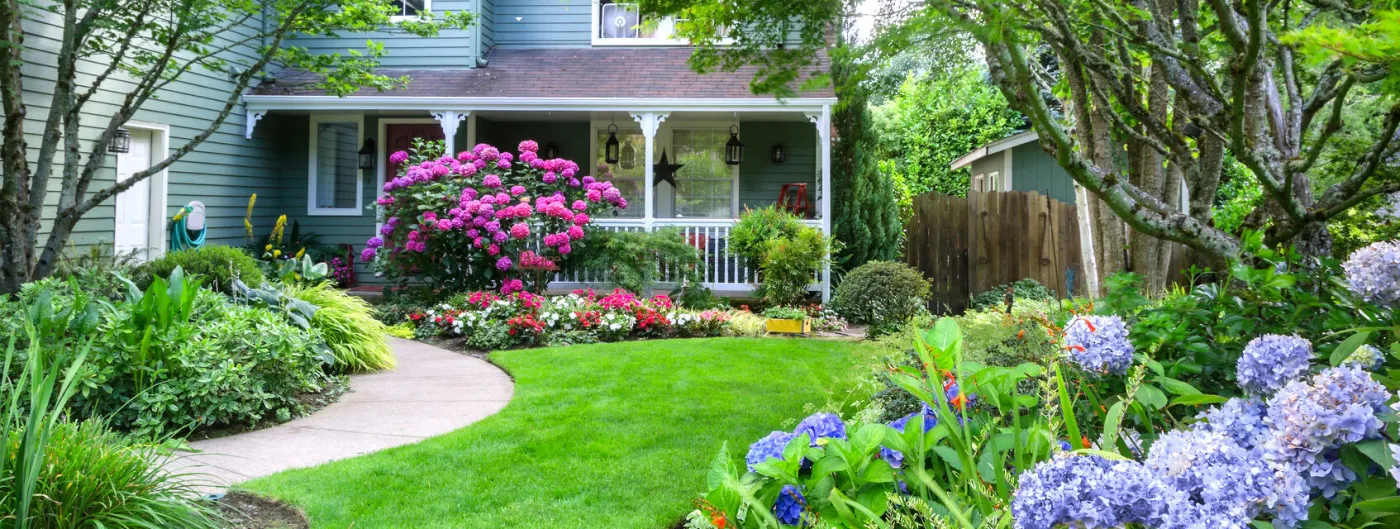Lighting up the fire pit is a great way to initiate an intimate gathering with family and friends. The hosting possibilities that come along with owning a fire pit are virtually limitless and only bound by your imagination.
Fire pits have become one of the hottest home accessories on the market and it is clear why. There are many fire features that you can have in your backyard. There are basic as well as upscale designs. You will even be able to increase the value of your property with the right fire pit and the right backyard landscape design.
How many types of fire pits are there? Well, fire pits come in numerous alterations but they can generally be grouped into four categories depending on the kind of fuel each pit uses. Below we will take a look at 4 different styles of fire pits.
1. Simple Custom wood burning
A natural replica of a campfire, but limited to a contained space, these pits provide an authentic experience complete with real smoke and the crackle of wood. Choosing the wood-burning option has several advantages, and one of the biggest is price. A wood-burning fire pit is significantly less expensive to design and install than gas fire pits. Also, there’s no beating the crackle, smell, and ambiance of burning real wood. Another perk is that you don’t have to worry about running a new gas line through your yard.
2. Log lighter
A log lighter fire pit has a round pipe with holes in that is located underneath the fire grate. Natural gas or propane gas goes through the pipe and, when lit, is an easy way to start your wood fire. Lighting fires the old way could take a long time. Just when you'd think your fire was finally lit, it would fizzle out and you'd have to start over again. With a fireplace log lighter you'll get strong flames immediately that will easily catch your logs on the fire. Just set the logs on the wood grate over the log lighter, turn the key to open the gas line, toss in a lit match, and the fire lights around your logs. After the logs have caught on fire, turn the valve key to close the gas line, and enjoy the crackling wood fire before you.
3. Gas fire pit
There are many different designs of gas fire pits, but they all work on the same principles. First, there is the housing that contains a gas line from the house or a portable propane tank. At the top of the fire pit is a large concave heat-resistant bowl. One or several burners sprout out of the bowl from below. These are attached to the tank underneath, supplying them with combustible gas. The bowl is filled with fake heat-resistant logs or coals to break up the shape of the bowl and hide the burners from view.
The more decorative bowls might be filled with fine sand, gravel, or river stones for a unique look, though these types of fire pits require mesh covers over the burners to prevent clogging. The pit may come with an ignition switch which, once the gas flow has been turned on, ignites the burners and gives the appearance of a real coal or wood fire.
Below are a couple of projects with gas fire pits that we have installed:
Project Spotlight: Mid Century Modern Landscape and Hardscape Project
Project Spotlight: Landscape Renovation
Keep in mind that while it is safe to cook over a basic propane gas fire pit, there are some gas-fueled outdoor fire features that you don’t want to cook on. These can add a lot of flair to your outdoor space but they’re not the best option for cooking.
4. Portable patio fire pit
Portable fire pits offer the most flexibility and versatility and come in a variety of shapes, sizes, materials, and can meet almost any budget requirement. They can range from small portable campfires you can take with you on vacation to full-size outdoor dining fire tables. The main advantage they have over a permanent one is that you can reposition them whenever you need or want to. You can even take them with you if you move houses.
Hopefully, our suggestions here will help you through your journey of choosing what type of fire pit is right for you and you will be happy with the fire pit you choose for years to come!
With our design and construction experience, we can work with any space, large or small, to build the outdoor experience that you and your family will enjoy for years to come. If we can be of help with creating the fire pit of your dreams, please don't hesitate to reach out to us give our team a call or text at (352) 378-5296. We're local and have been serving Gainesville for over 15 years. We look forward to working with you!

